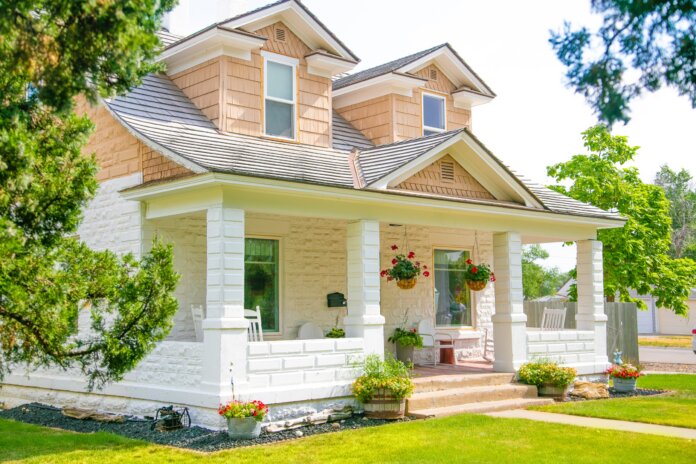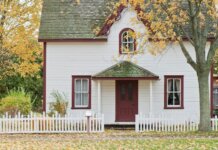First American Financial Corp. Potential Home Sales Model for May 2022 shows that potential existing-home sales decreased to a 5.62 million seasonally adjusted annualized rate (SAAR), representing a 2% month-over-month decrease.
The market potential for existing-home sales decreased 10.5% compared with a year ago – a loss of 660,395 (SAAR) sales – but remains 2.5 percent above pre-pandemic level of May 2019.
Currently, potential existing-home sales is at 1,171,000 (SAAR), or 17.2% below the pre-recession peak of market potential, which occurred in April 2006.
“Home purchase demand is declining as mortgage rates rise alongside still-strong house price appreciation,” says Mark Fleming, chief economist at First American. “While a decline in demand may reduce the pace of sales and lead to an increase in inventory, existing homeowners are less inclined to sell their homes as mortgage rates rise. Historically, nearly 90 percent of total inventory is existing-home inventory, and existing homeowners are staying put. Increasing the supply of homes for sale is key to slowing house price growth and restoring balance to the housing market.
“The amount of time a typical homeowner lives in their home increased 2 percent from one year ago, and 0.4 percent compared with last month, which was the largest month-over-month increase since August 2020 and contributed to a loss of 15,500 potential home sales compared with last month,” continues Fleming. “Since existing homeowners supply the majority of the homes for sale, and homeowners are staying put longer, the housing market faces an ongoing supply shortage.
“Before the housing market crash in 2007, the average length of time someone lived in their home was approximately five years. During the aftermath of the housing market crisis between 2008 and 2016, the average length of time someone lived in their home grew to approximately eight years,” says Fleming. “The most recent data shows that the average length of time someone lives in their home reached a historic high of 10.6 years in May 2022.”
“Two trends are locking homeowners in place, preventing much-needed housing supply from reaching the market and helping tilt the market toward buyers. Many existing homeowners are rate locked-in to historically low, sub-3 percent mortgage rates, and now that rates are rising, there is a financial disincentive to sell their homes and buy a new home at a higher mortgage rate,” mentions Fleming. “The golden handcuffs of low mortgage rates prevent more supply from reaching the market.
“Seniors choosing to age in place, rather than downsize or move to another home, further limits housing supply. A 2019 study from Freddie Mac shows that if adults born between 1931-1959 behaved like earlier generations, they would have released nearly 1.6 million additional housing units to the market by 2018,” comments Fleming. “As seniors continue to choose to age in place, there will be fewer existing homes available for sale. And, with many of these senior homeowners also locked into historically low mortgage rates and sitting on historically high levels of equity, it’s more likely they will renovate the home they currently own than list their home for sale and move.”
“A moderation of house price growth will signal that balance is returning to the housing market. Yet, more housing supply is critical to meaningful moderation in house price appreciation. While rising mortgage rates will continue to cool demand, it will also keep existing homeowners locked into their homes,” concludes Fleming. “You can’t buy what’s not for sale — and existing homeowners have little incentive to relieve the supply pressure, keeping a lid on housing market normalization.”
The next Potential Home Sales Model will be released on July 19, 2022, with June 2022 data.
Image” Ian MacDonald on Unsplash














